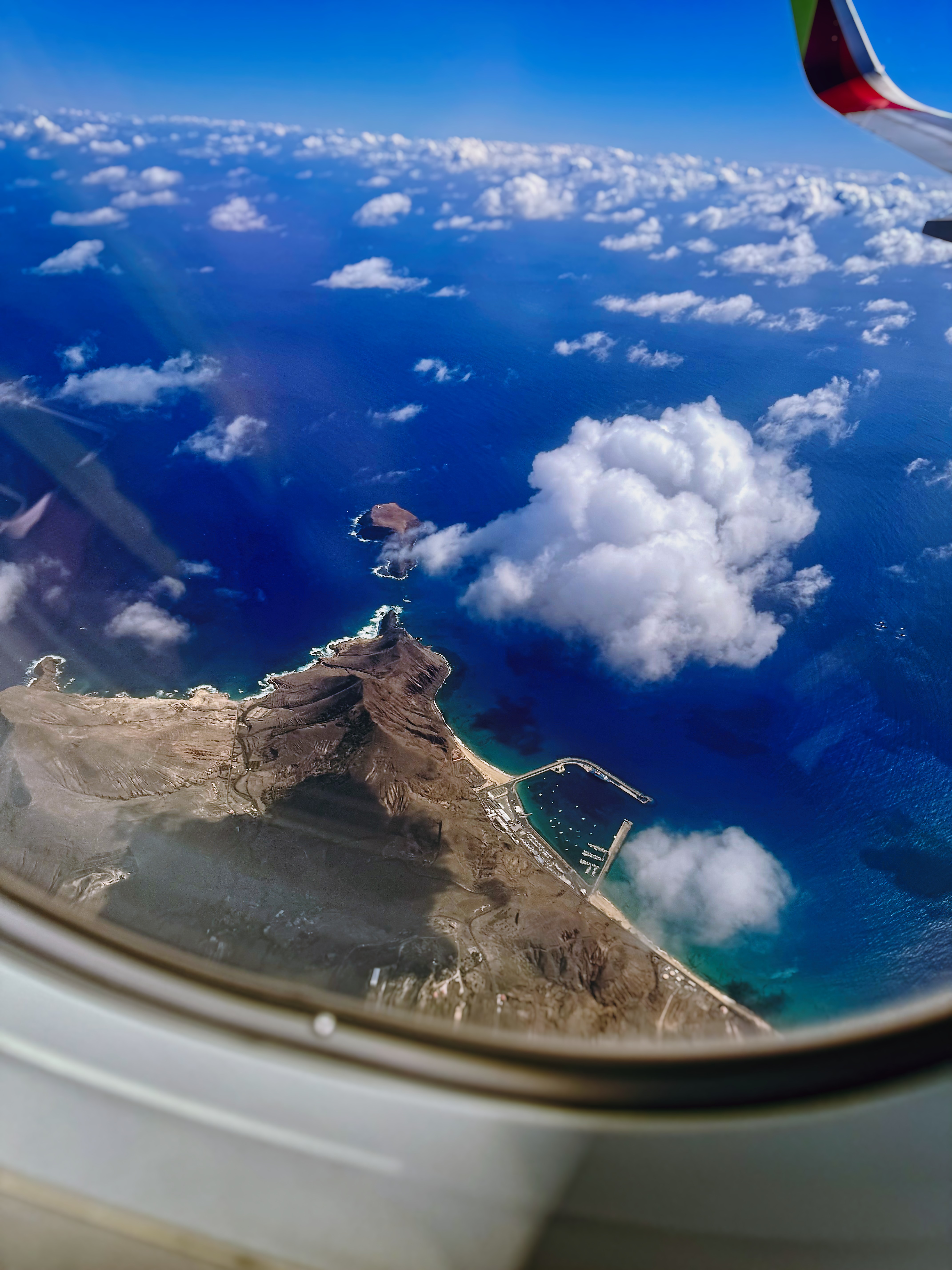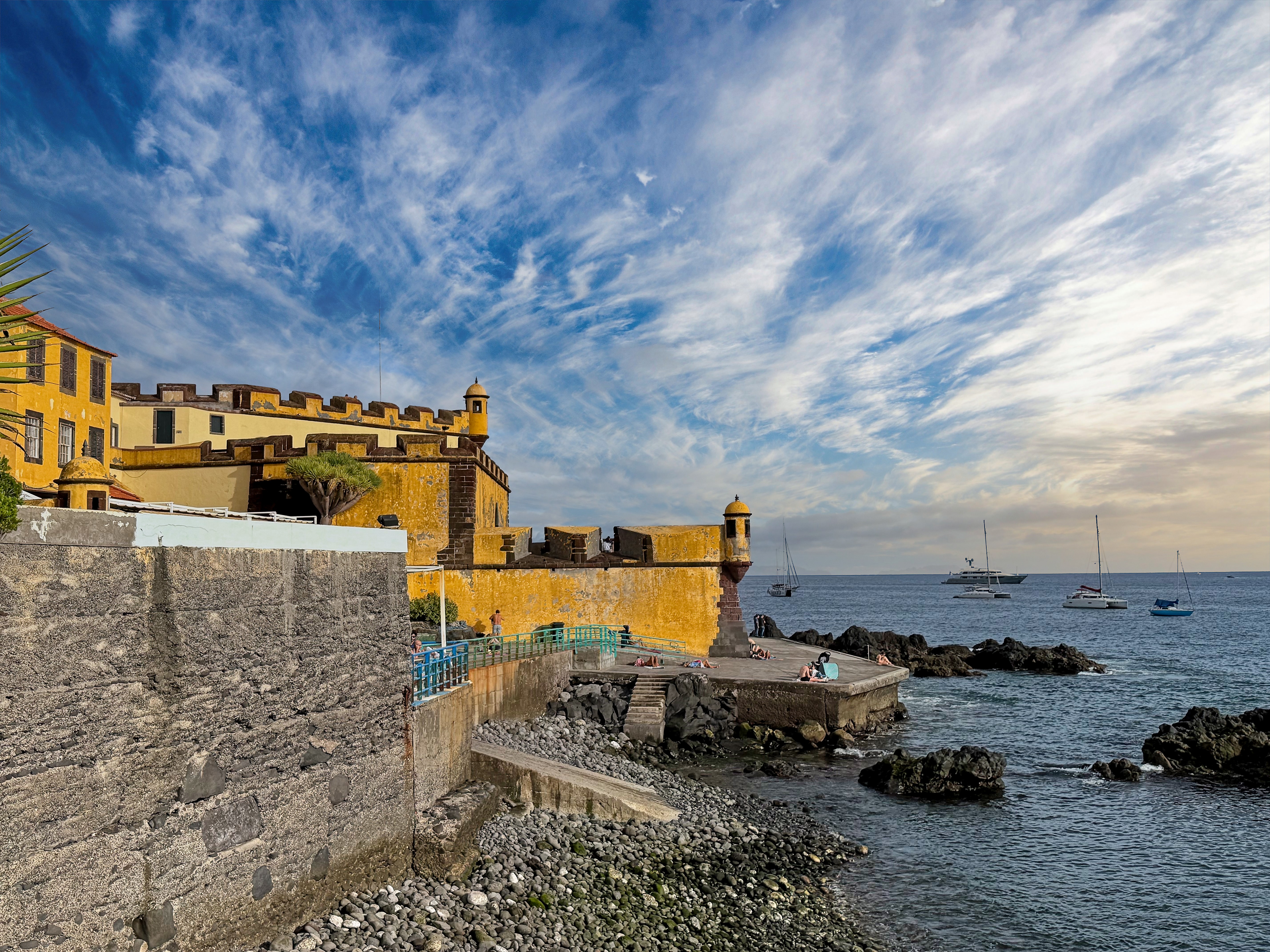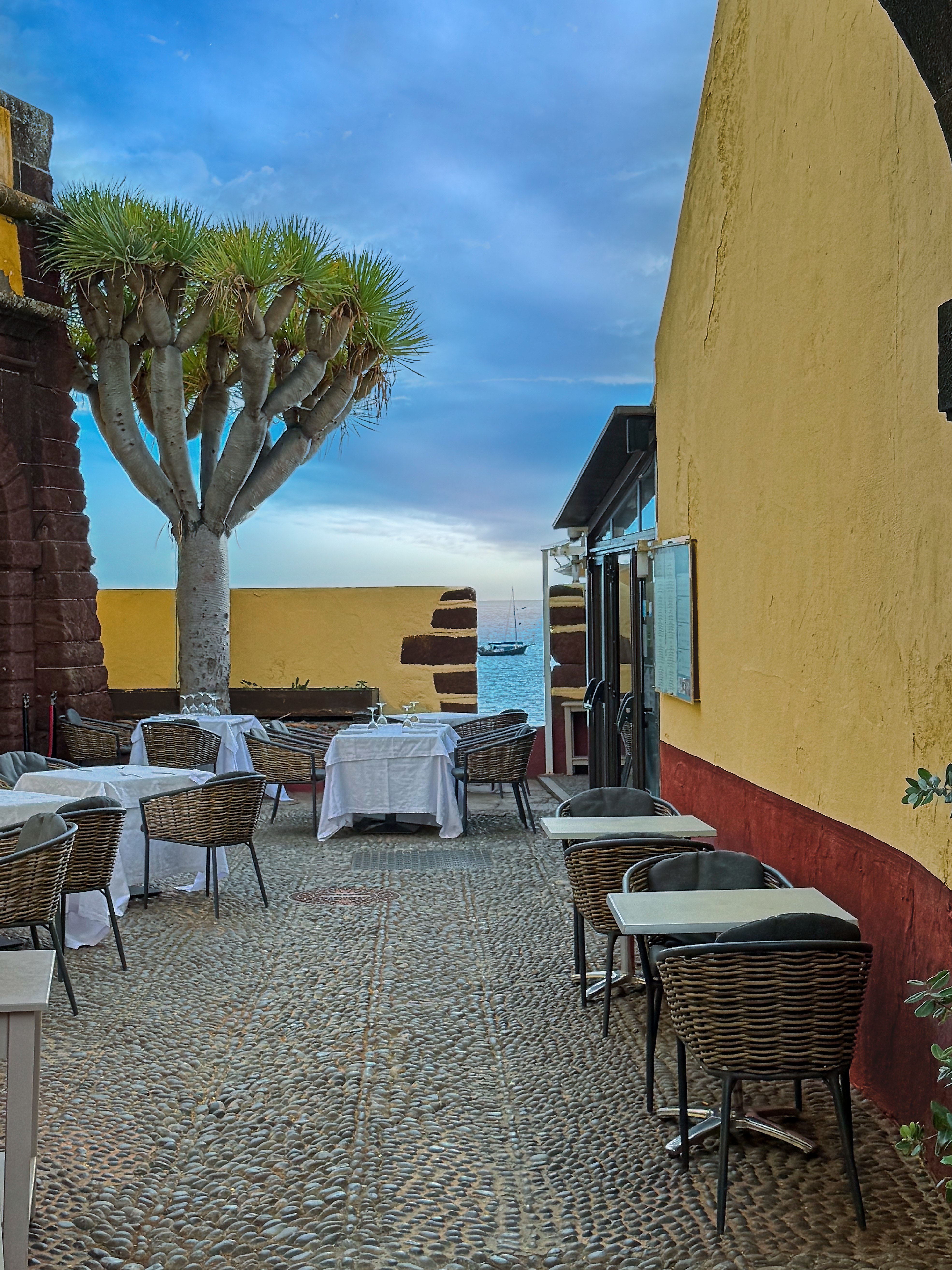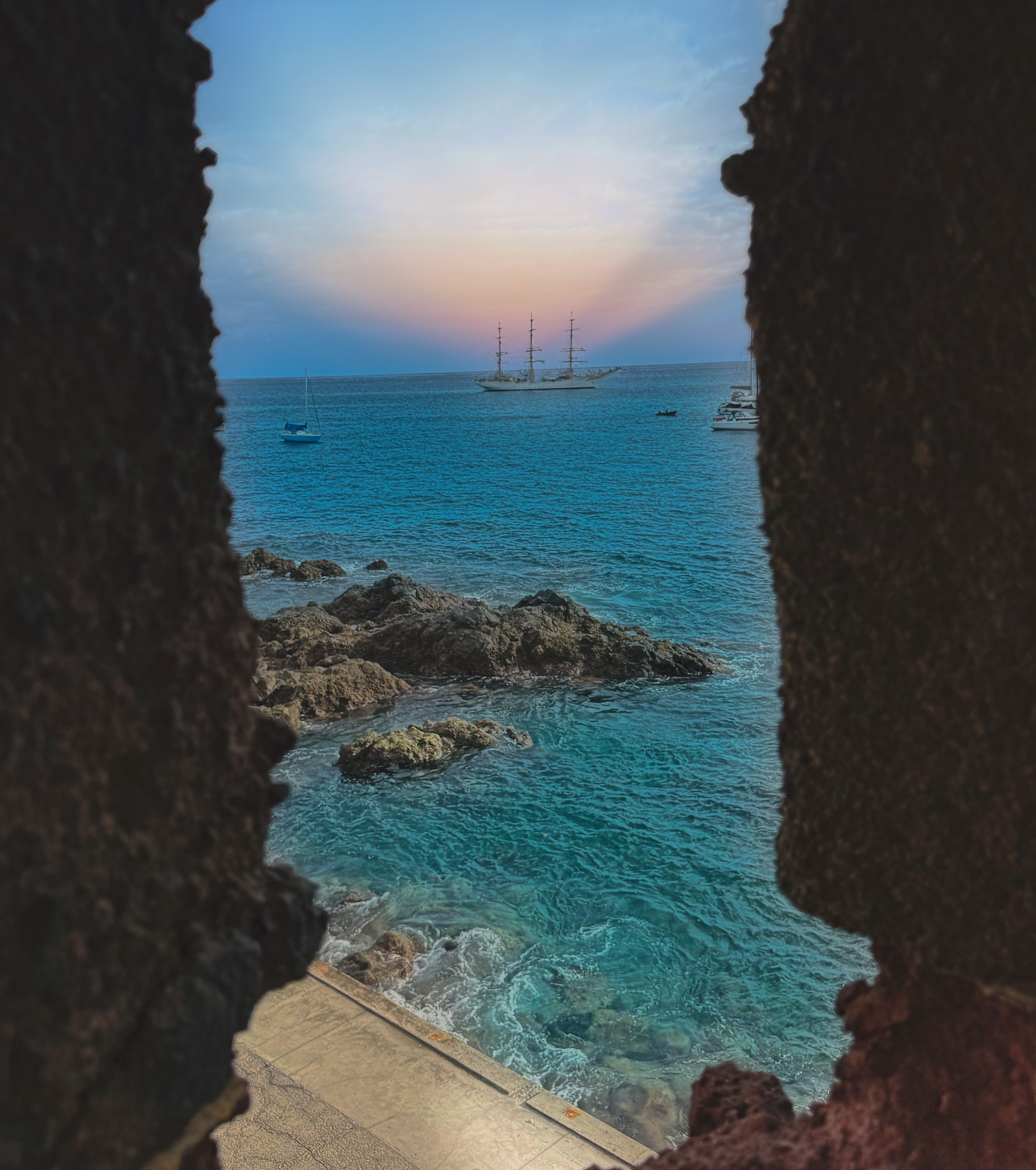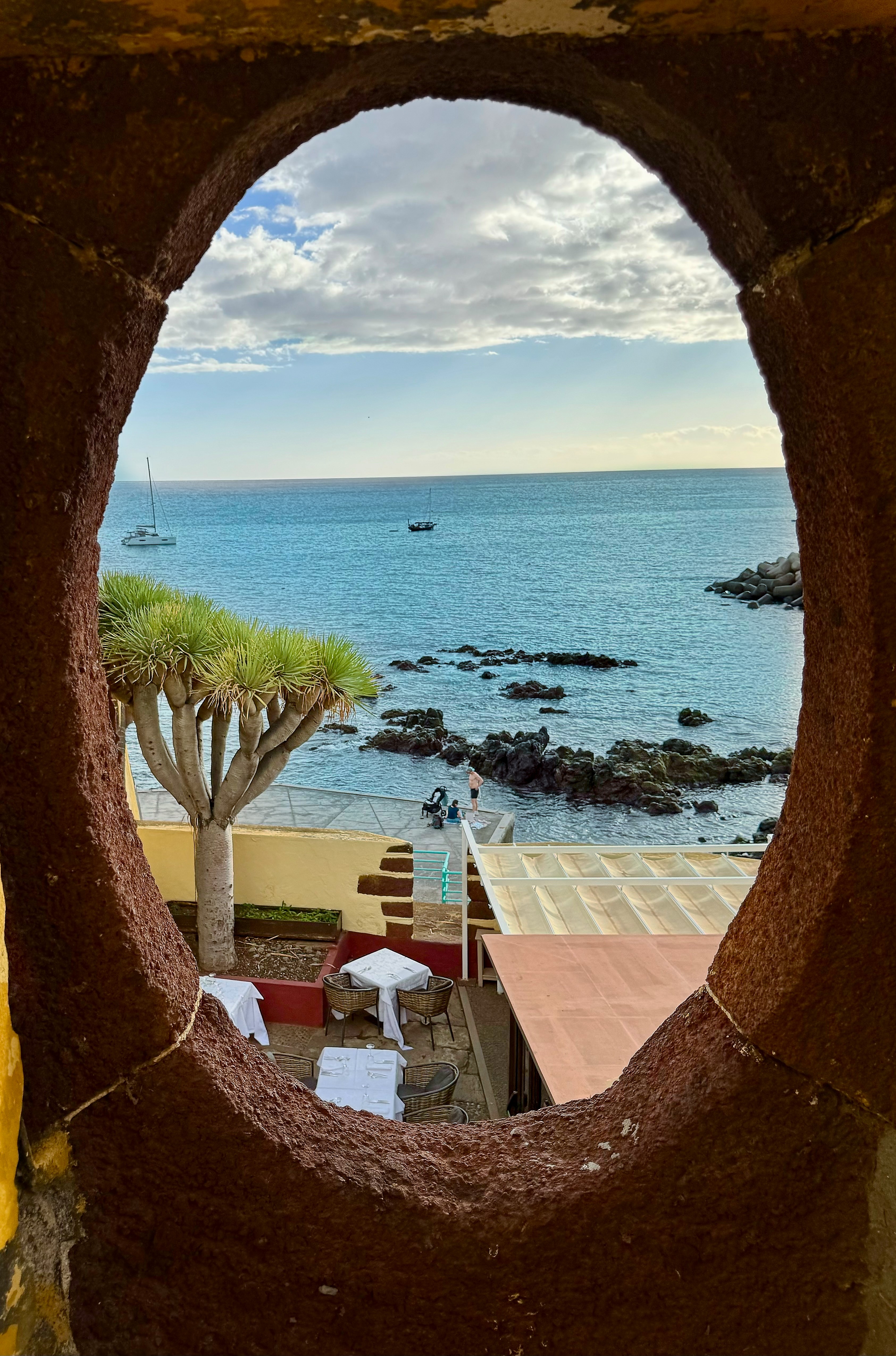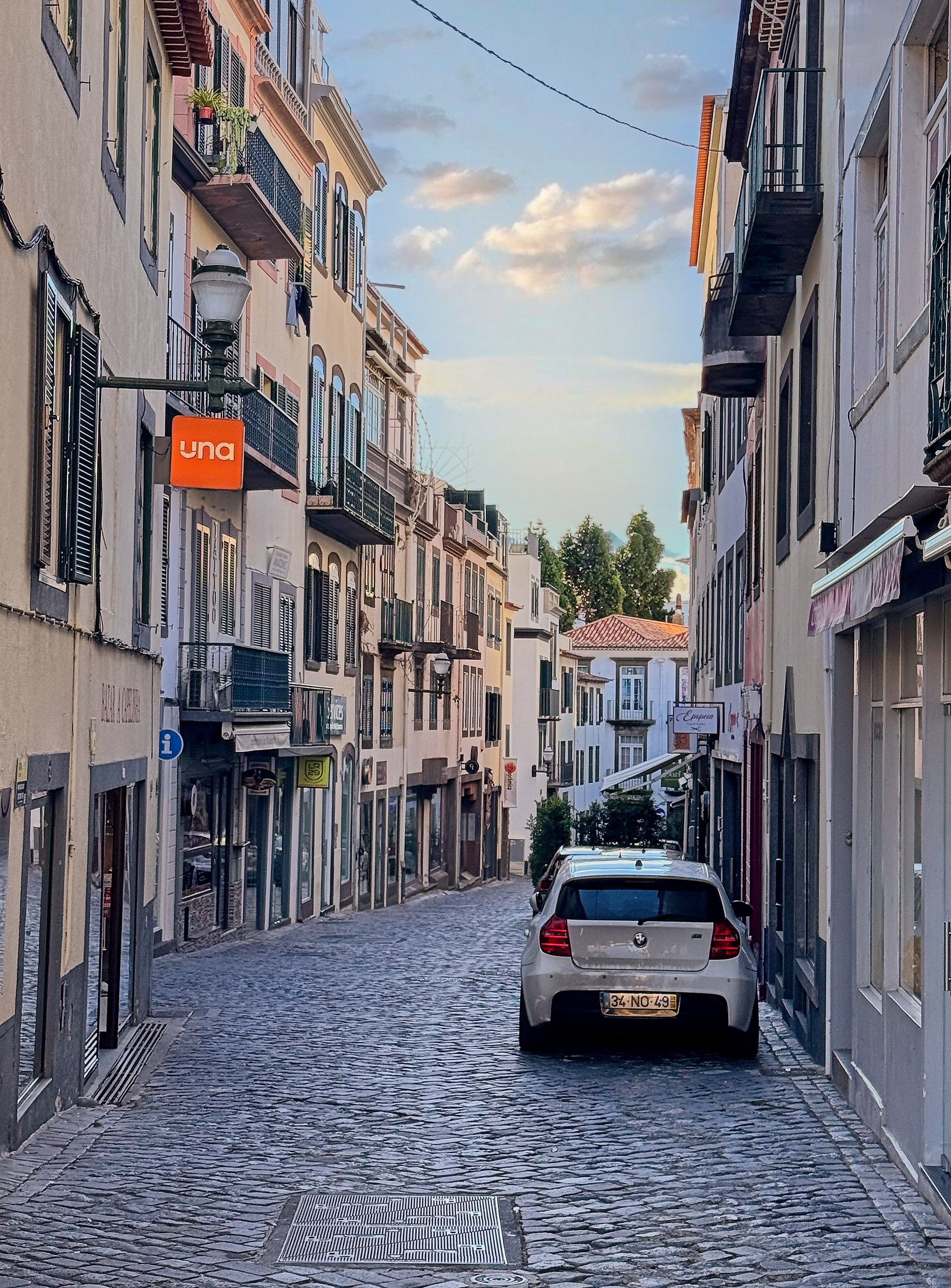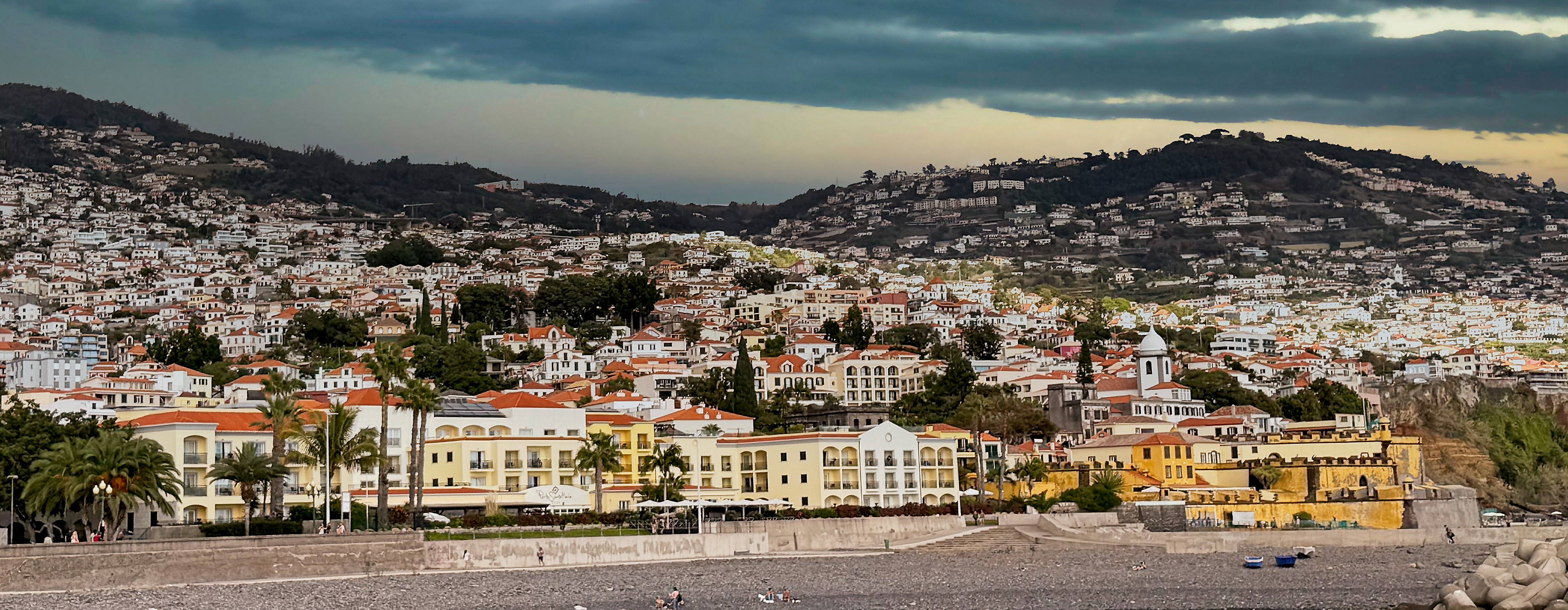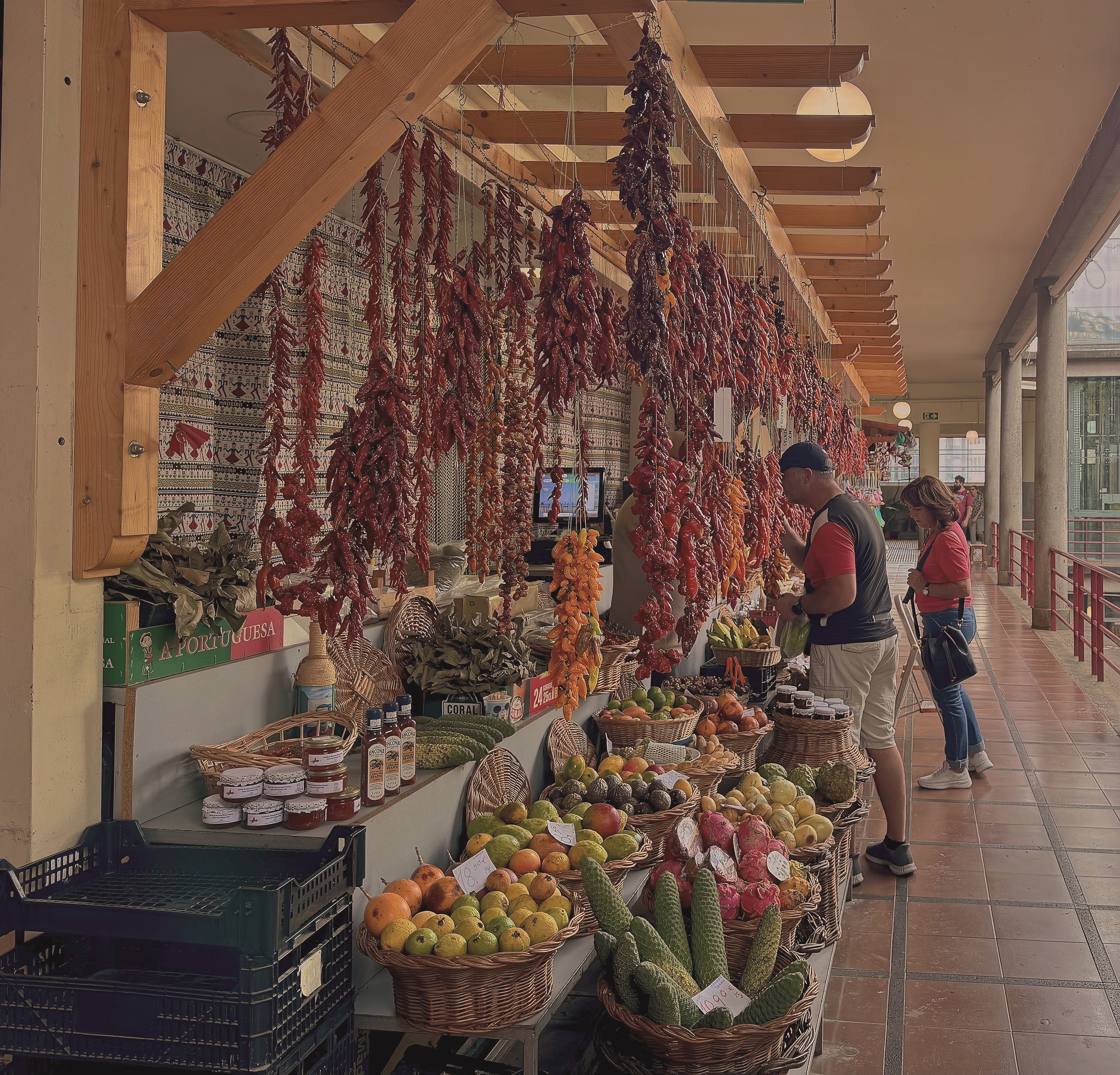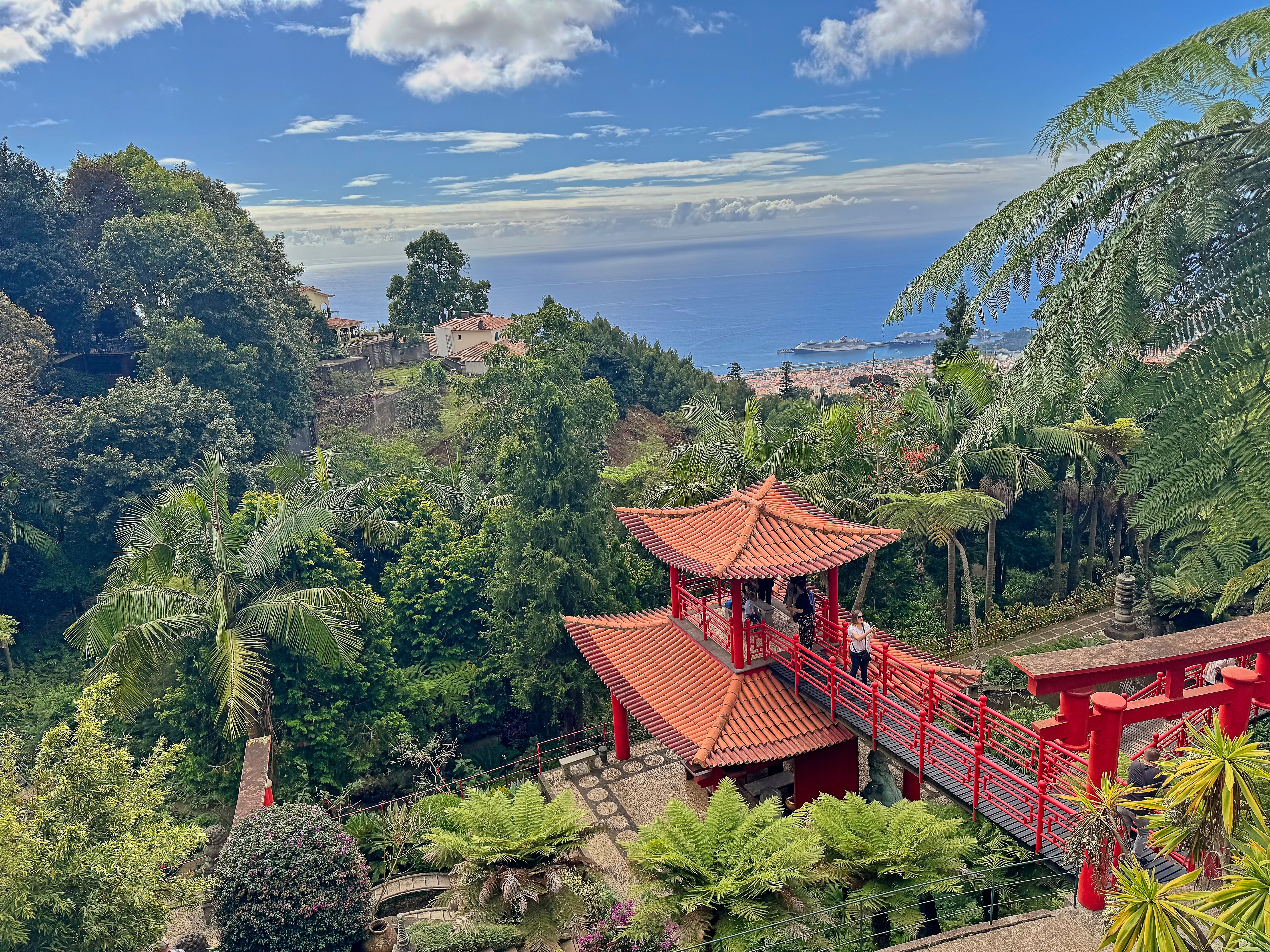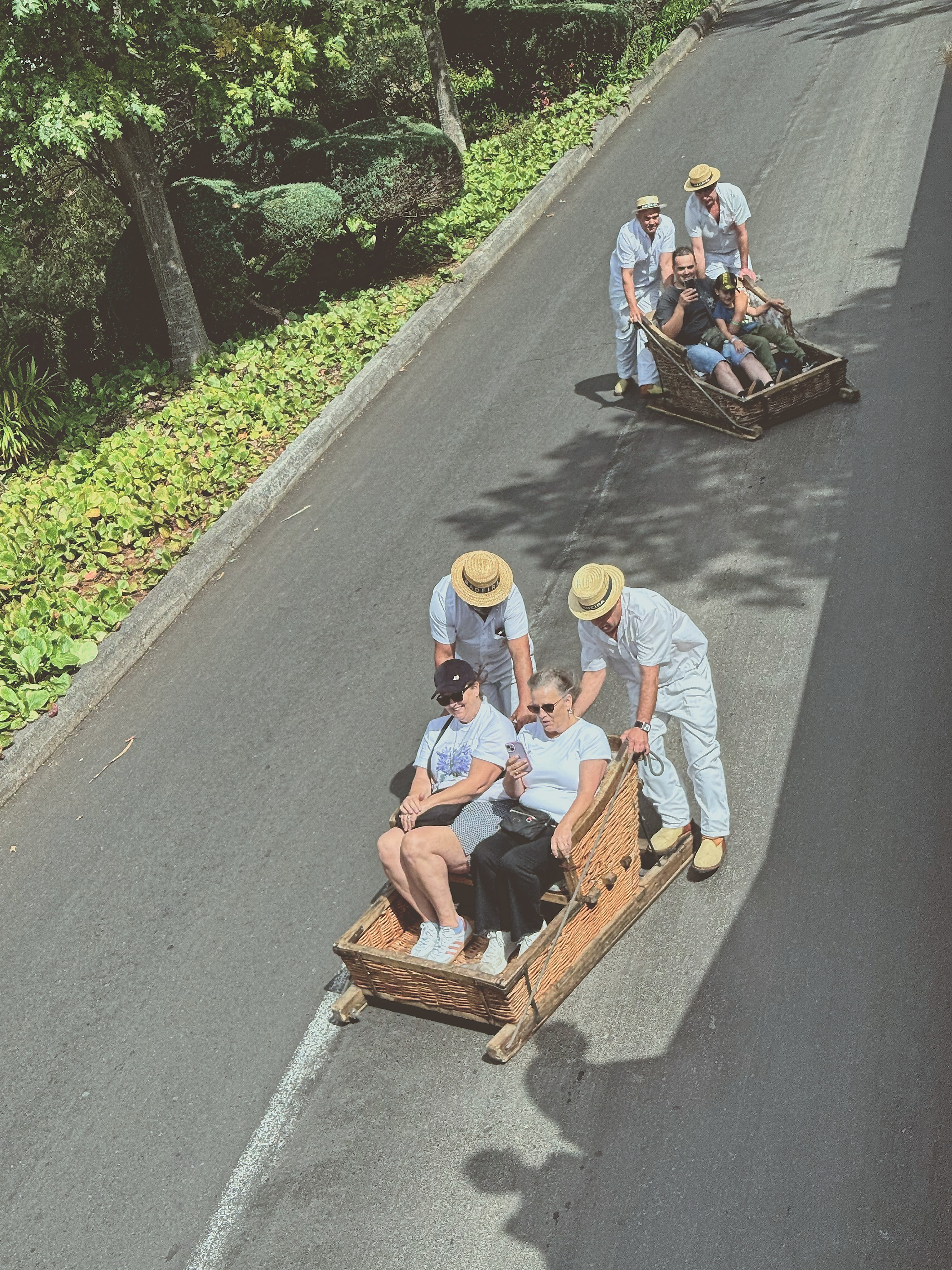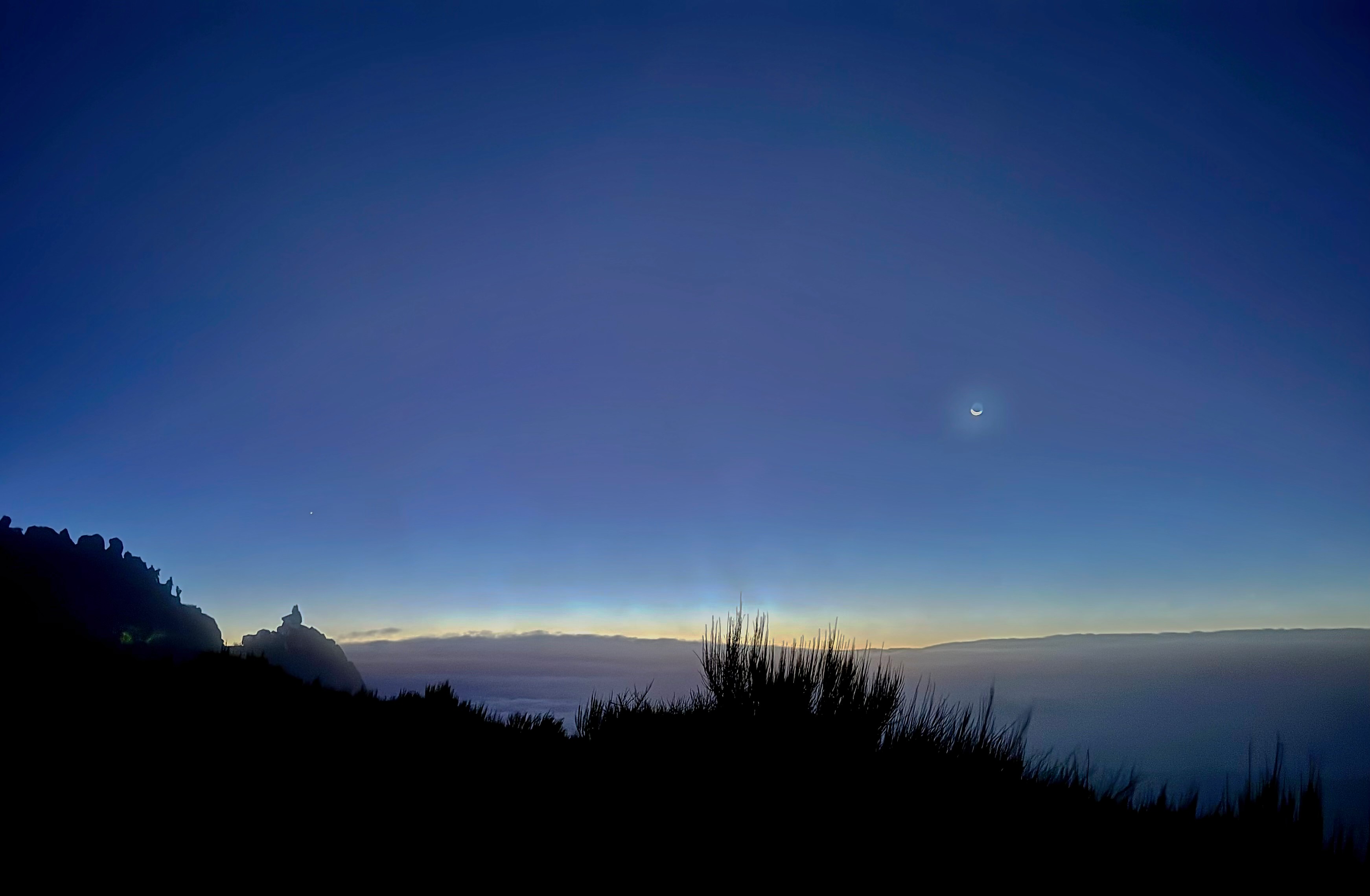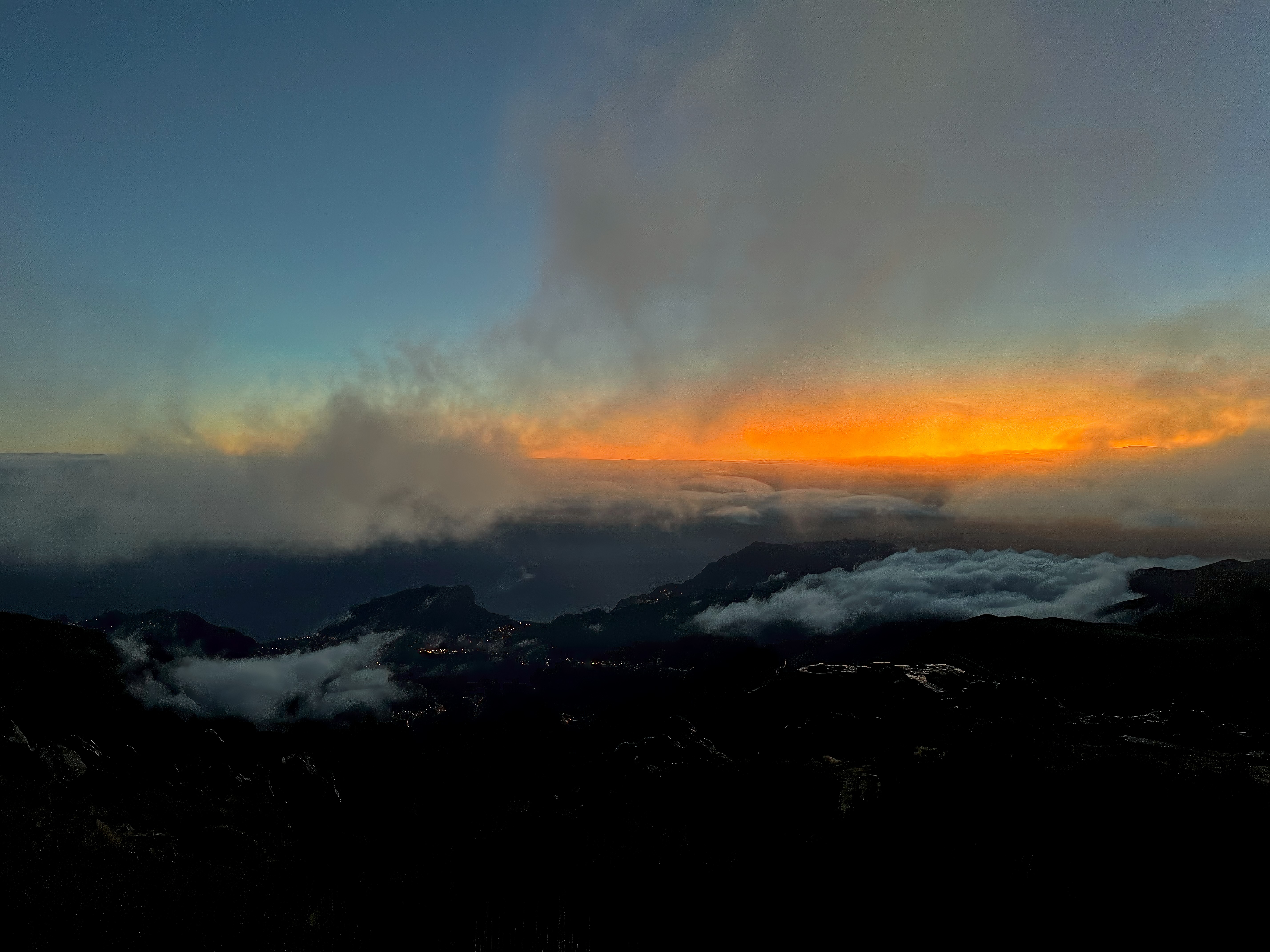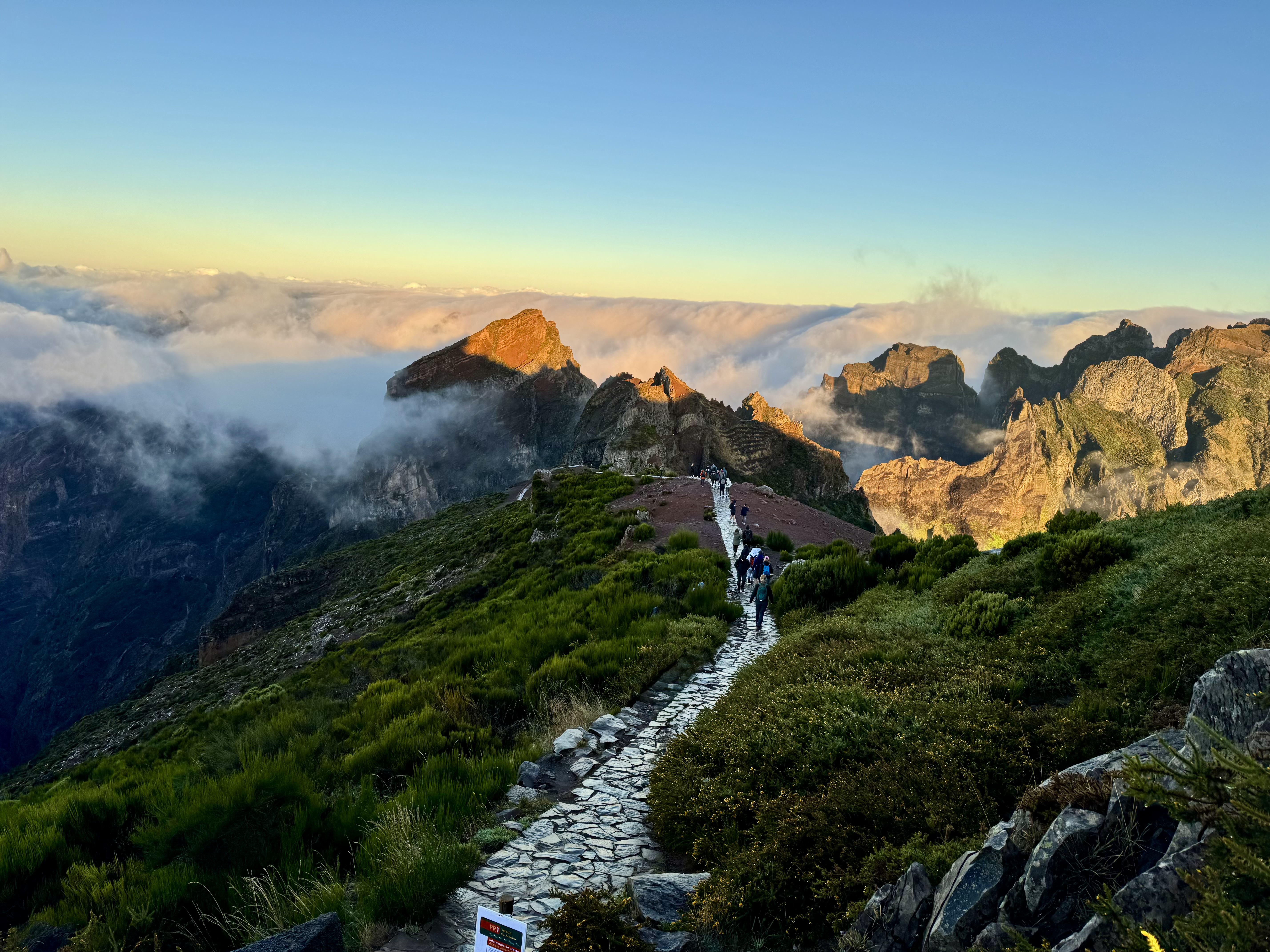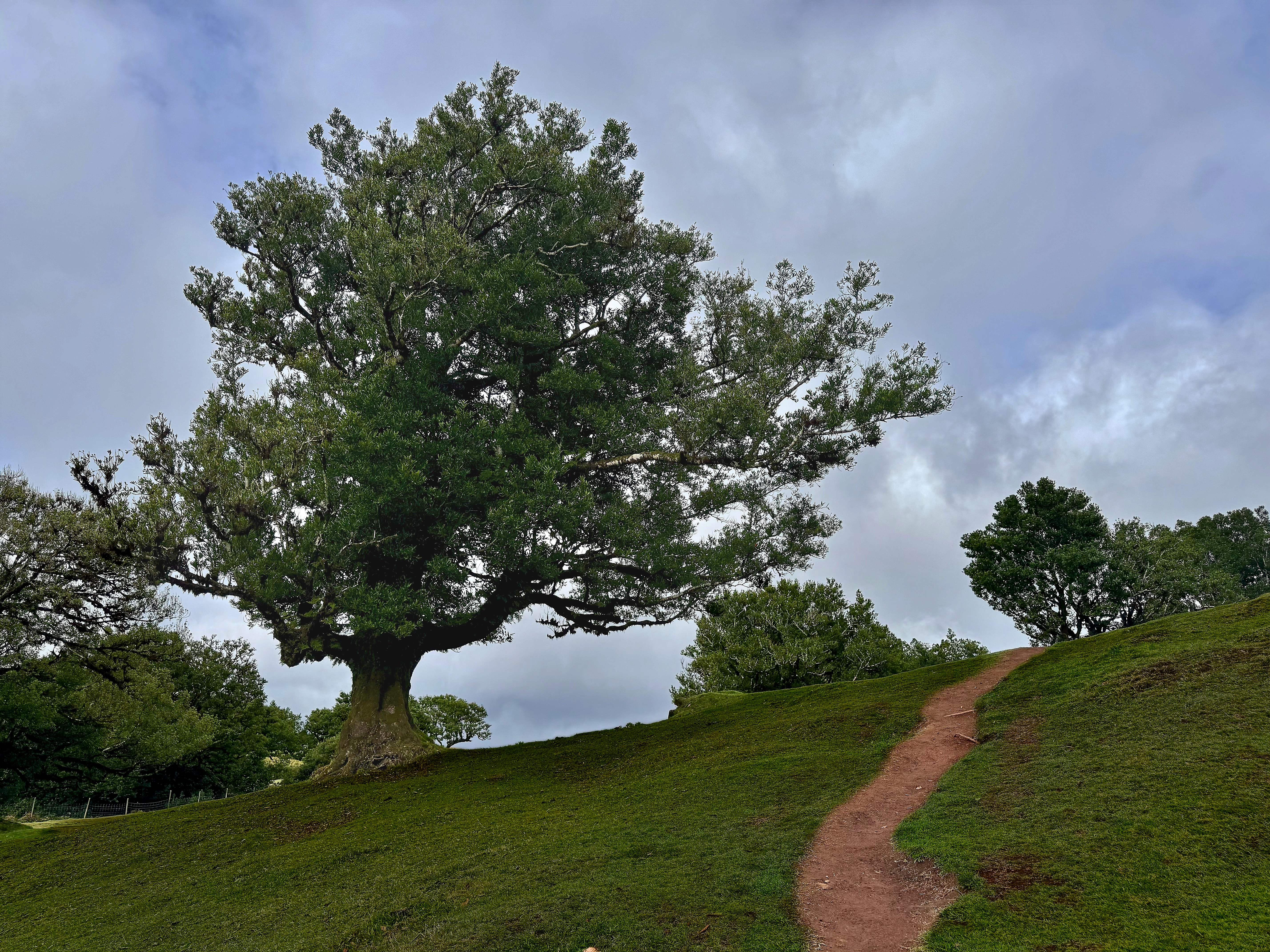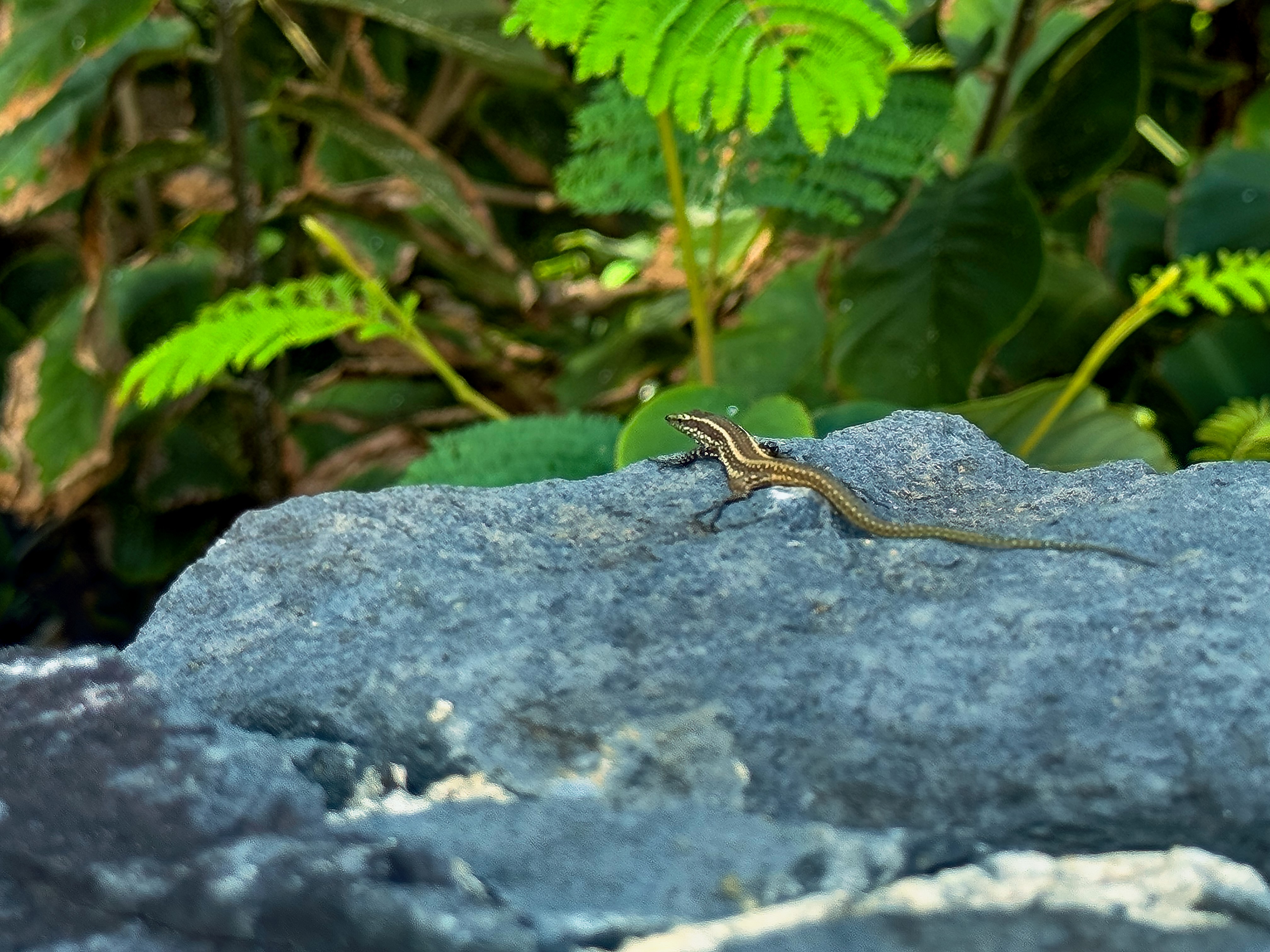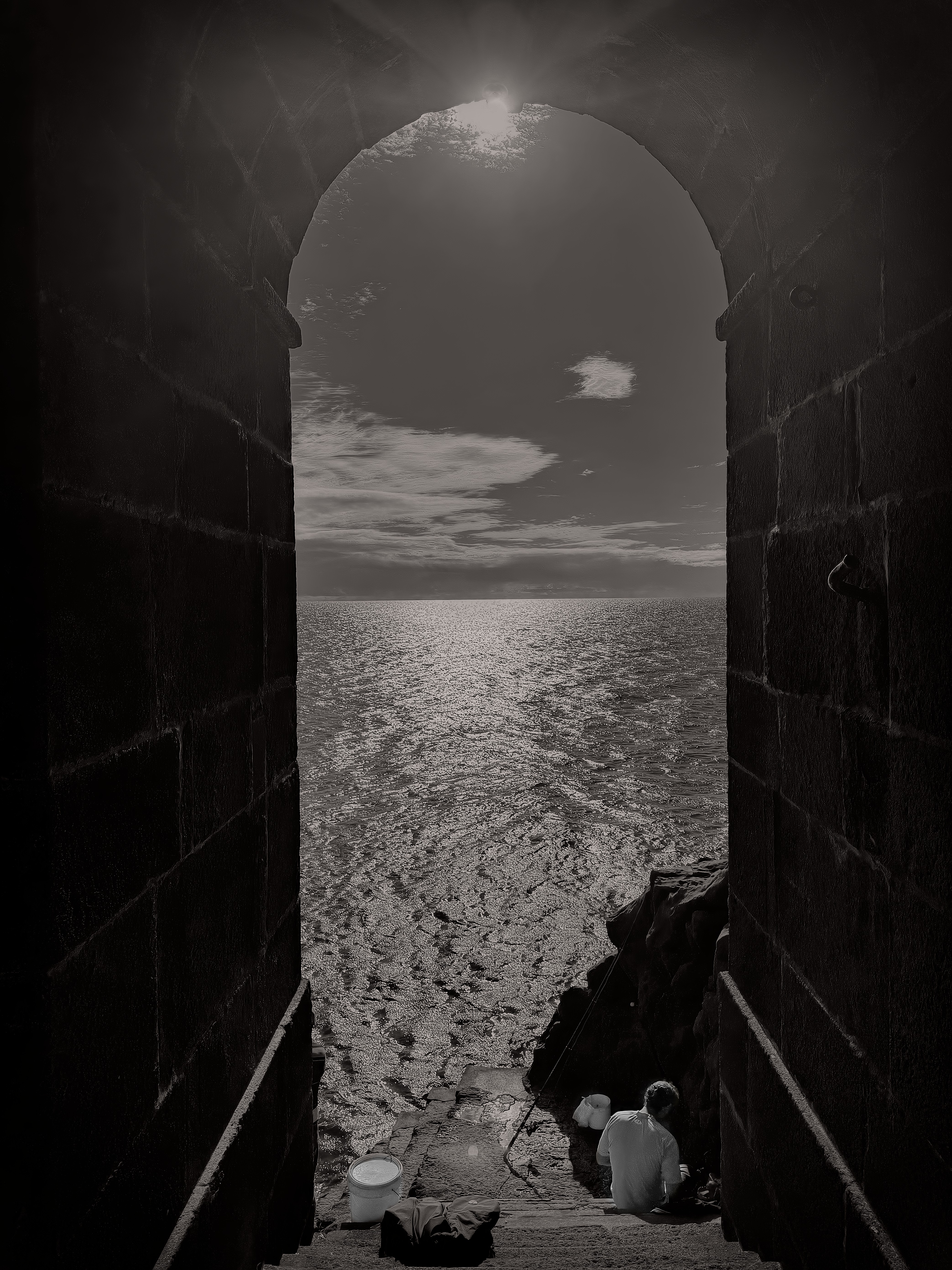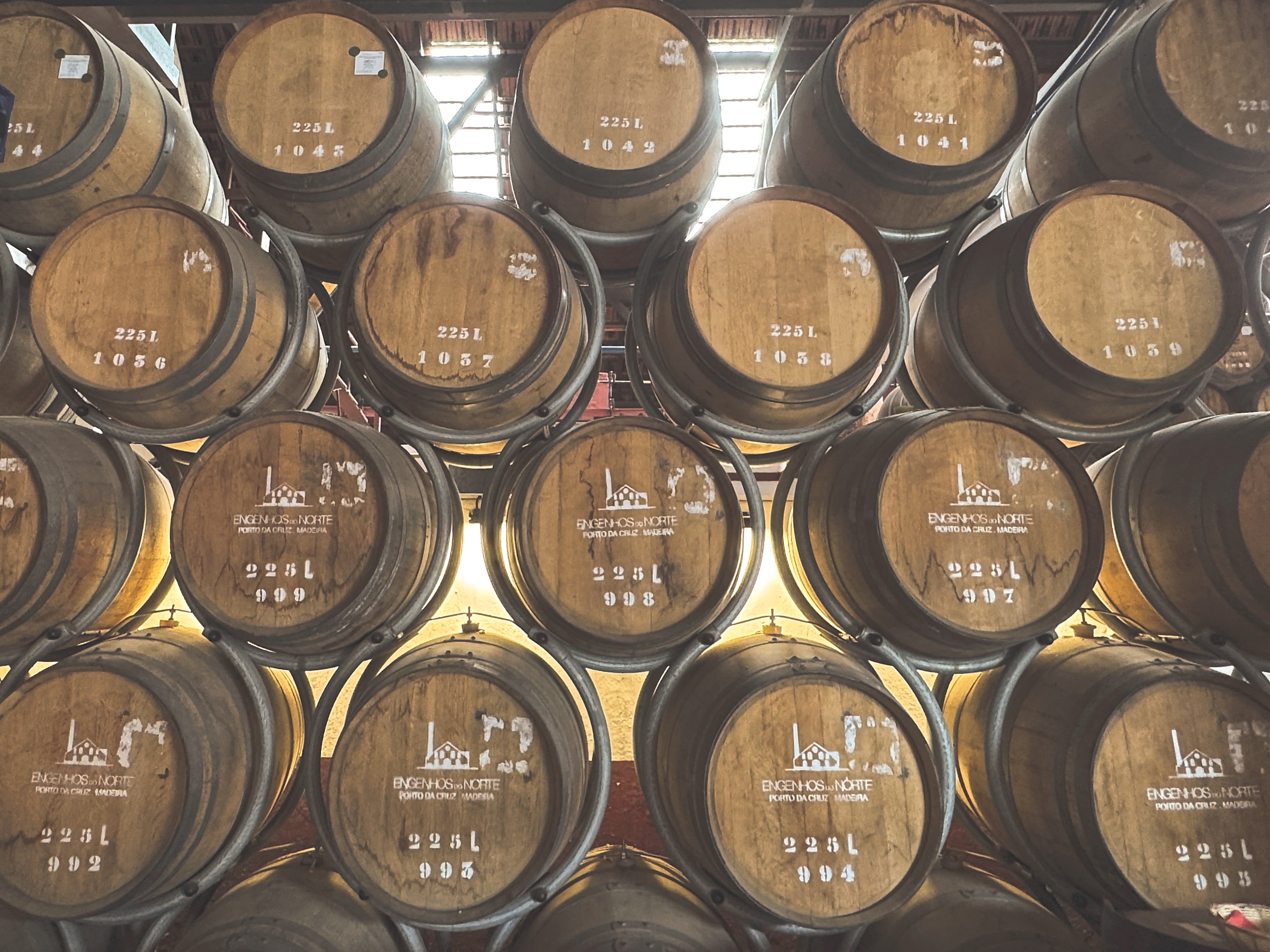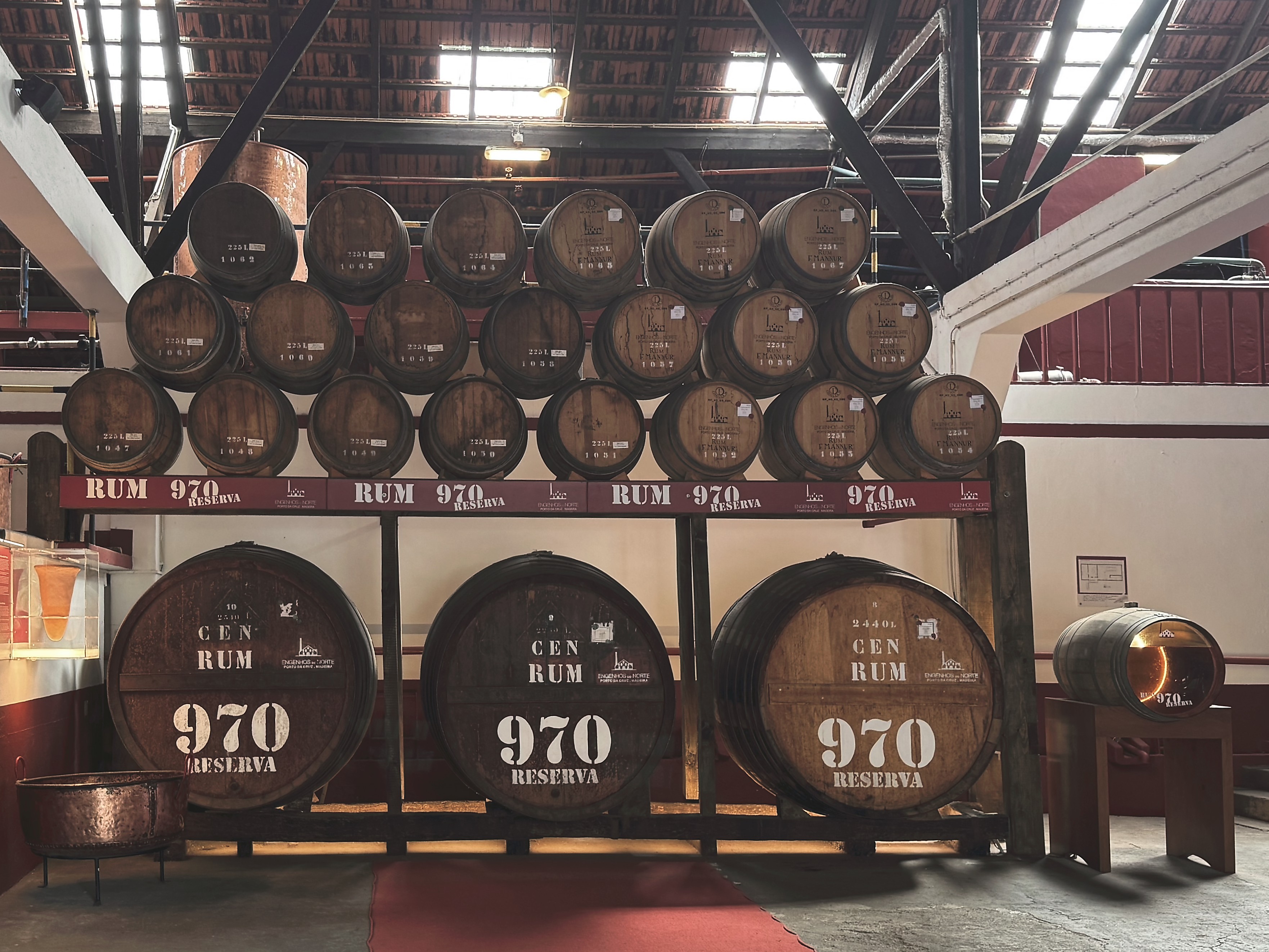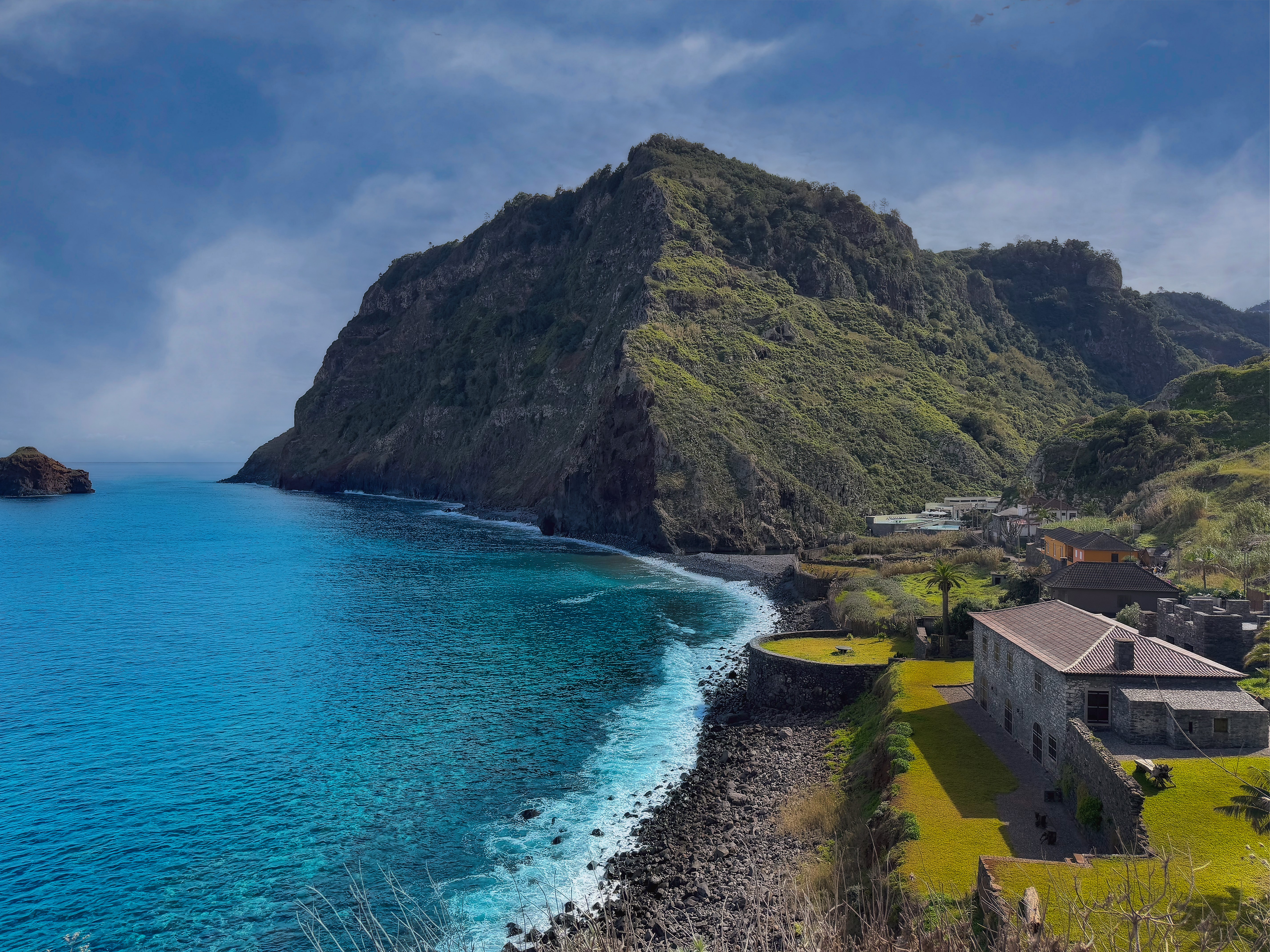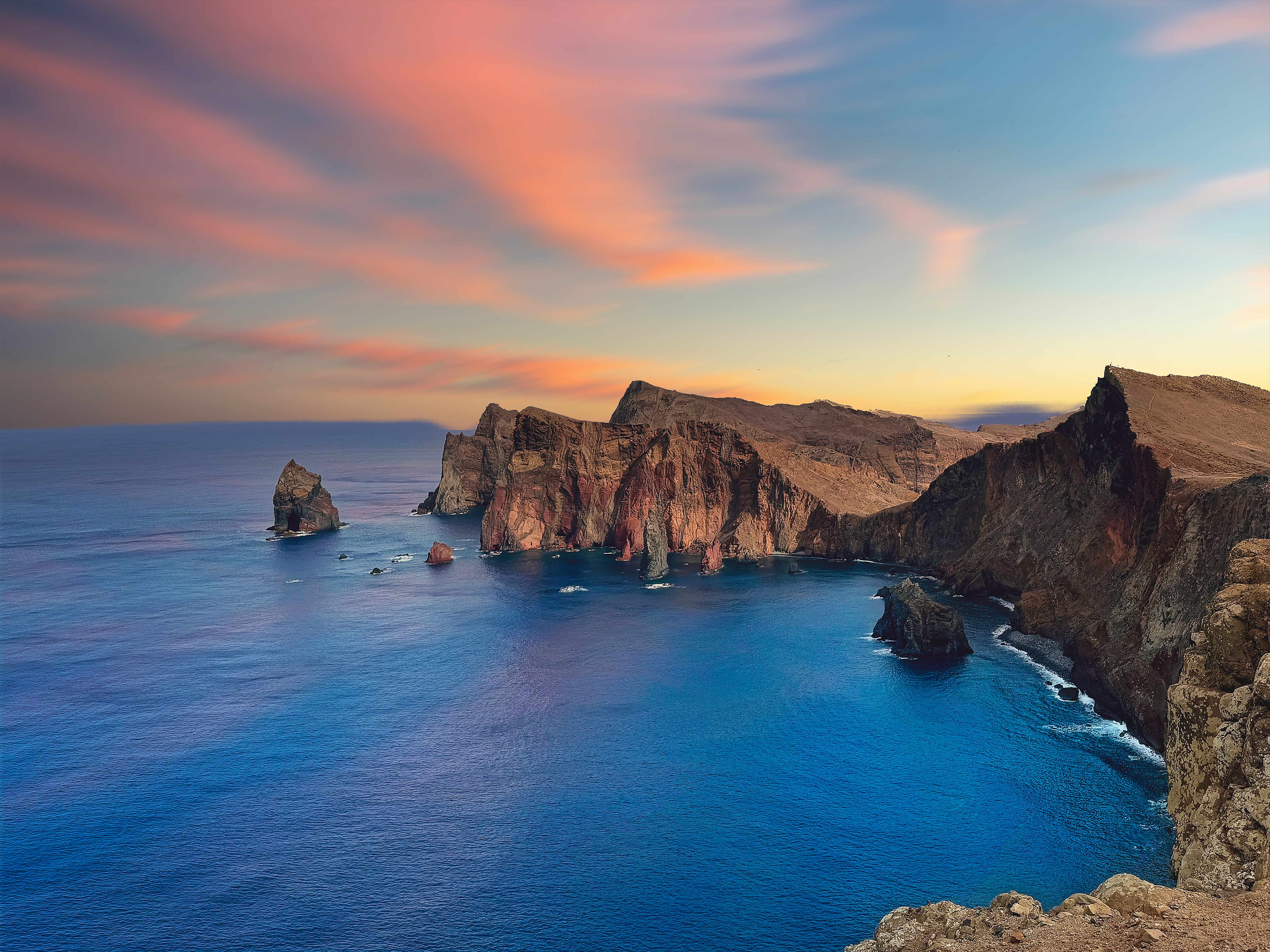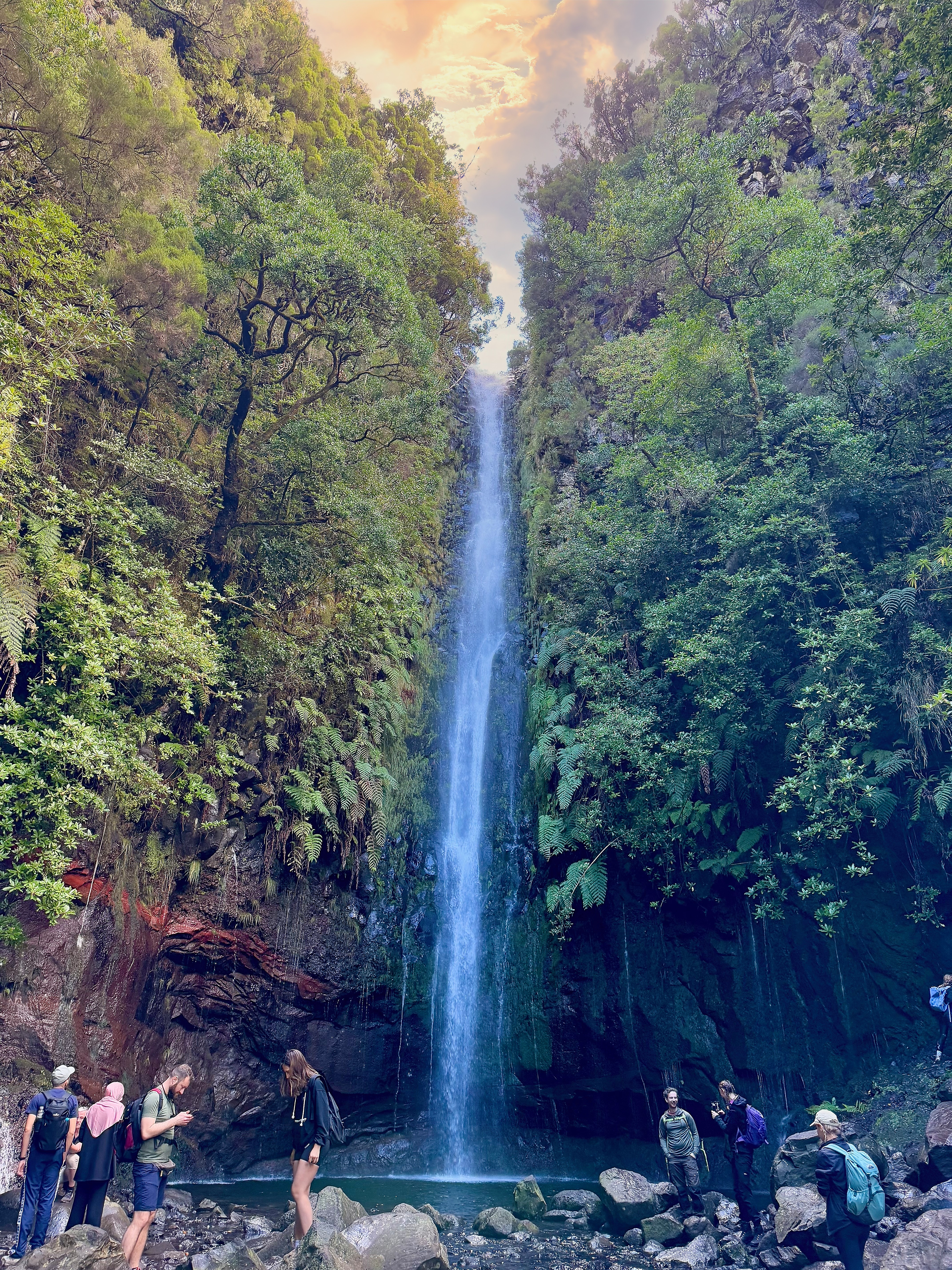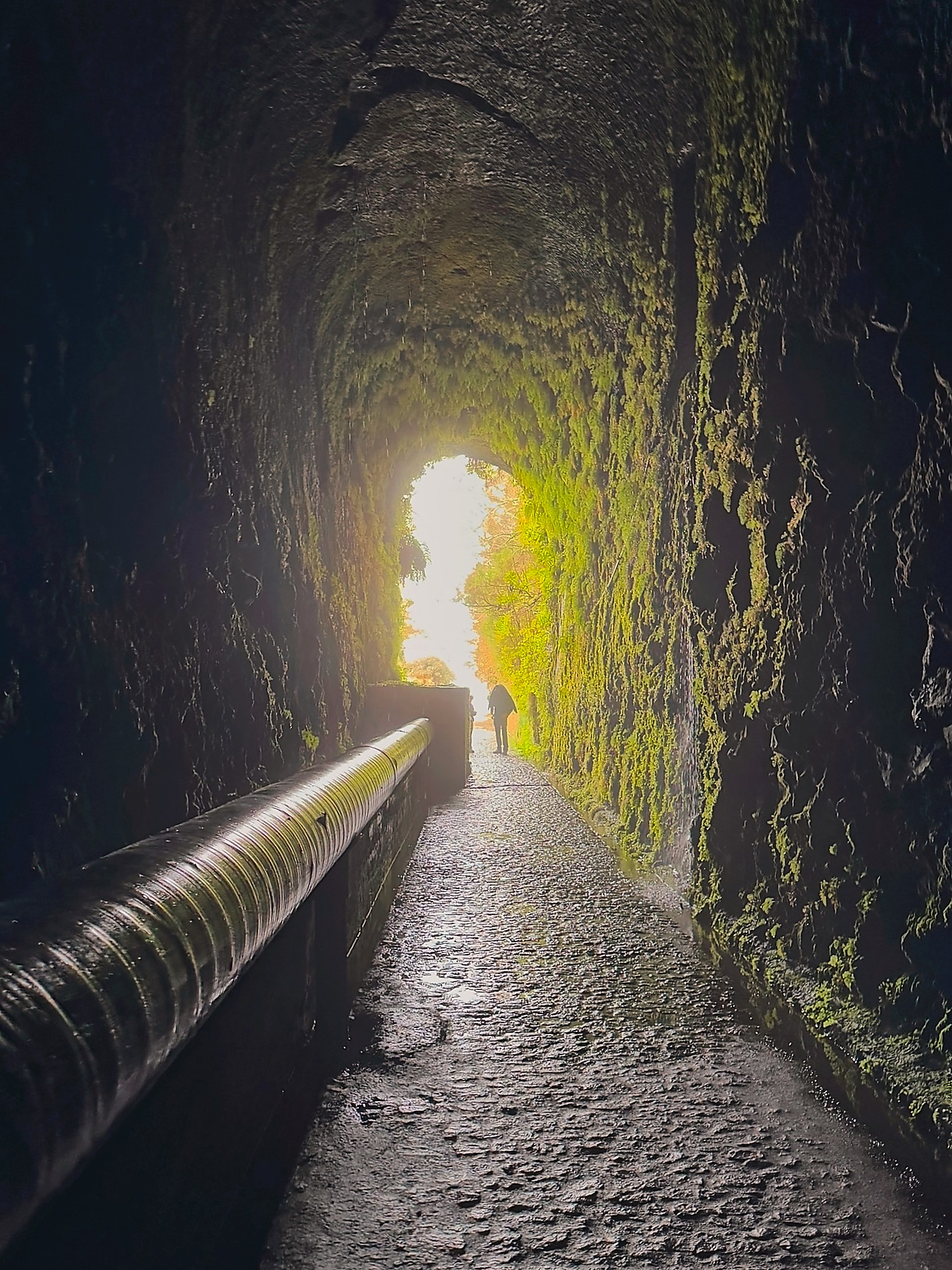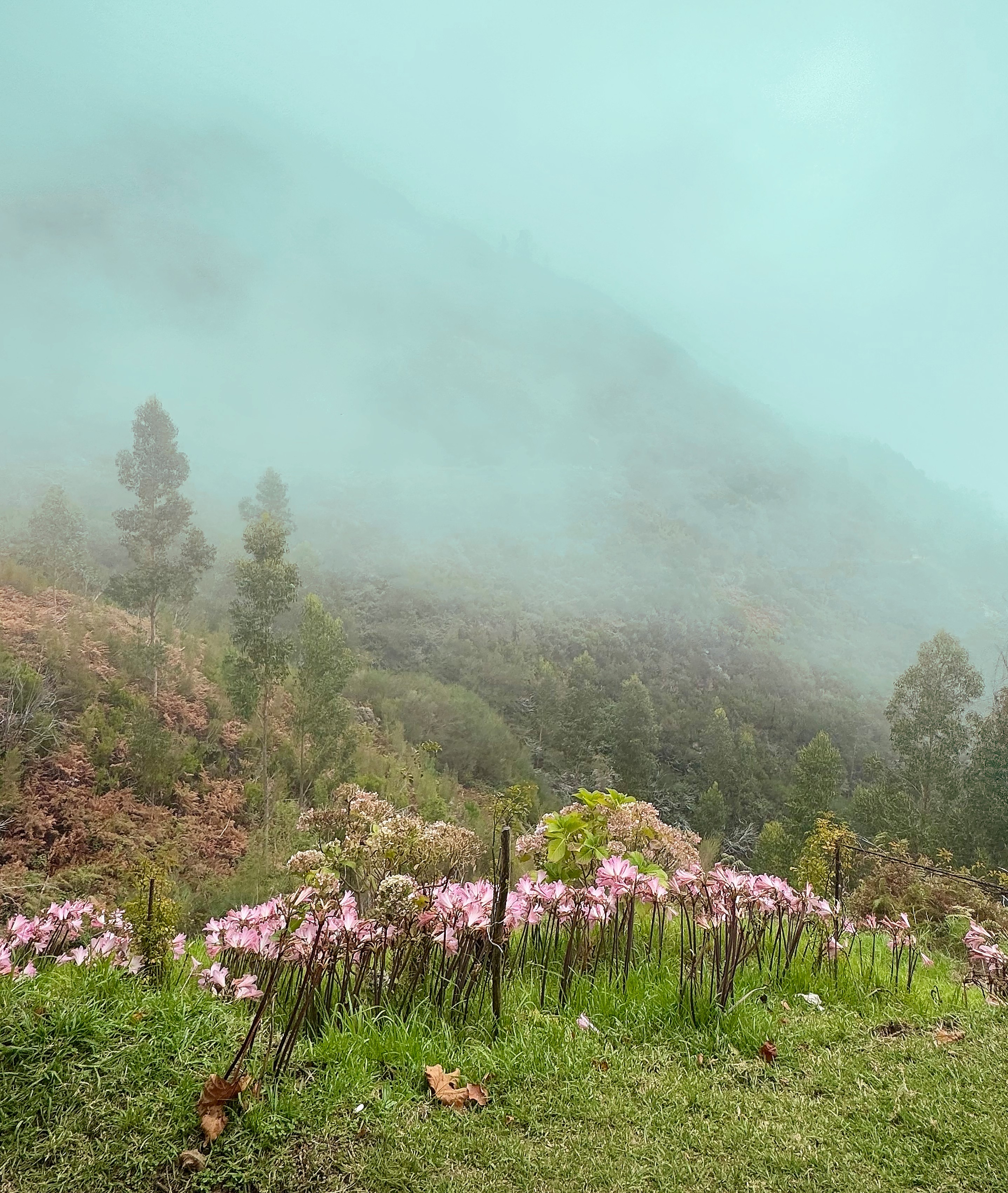Madeira
The "Pearl of the Atlantic", the breathtaking autonomous region of Portugal.
I’ve always been drawn to island destinations. Their geographical isolation often makes them uniquely rich in flora, fauna, and culture. Madeira, in particular, had been on my travel bucket list for years. In October 2024, I finally had the privilege of visiting for the first time.
I was a bit concerned at first, wildfires had swept through parts of the island just a month earlier, damaging landscapes and closing well-known trails like the Pico-to-Pico. But what I found was both beautiful and resilient. The scenery was truly stunning. The cliché here is true, pictures cannot capture the full beauty of the diverse landscapes, from the rugged cliffs to the lush forests and volcanic terrain. This is a place I definitely hope to return to.
Funchal: First Impressions
Exploring the capital city of Madeira.
Pico do Areeiro
Sunrise above the clouds
After spending my first day wandering the streets of Funchal, I woke early to catch the sunrise at Pico do Areeiro—one of the island’s highest peaks, reaching nearly 2,000 meters above sea level.
We arrived while it was still pitch-black. The area was already full of people, and with most people walking around without headlamps, it felt slightly uneasy to move around safely. It was also quiet cold, in sharp contrast to the warmth of Funchal the day before.
The sky gradually shifted from deep black to pale blue and then to gold as the sun rose above the clouds, casting light over the peaks around us. For the first time, I could see just how many people were around me. Yet, with the exception of the buzz of drones flying above, it was completely silent, making the experience feel all the more ethereal
Exploring the West: Natural Pools and High Cliffs
A 4x4 tour through the dramatic landscapes of western Madeira.
The west side of Madeira is both rugged and impossibly beautiful, with its dramatic cliffs. We began in Ponta do Sol, a port town where banana groves stretch toward the sea.
Our guide drove us through steep, impossibly narrow roads as we climbed toward the Paul da Serra plateau, where yet another face of Madeira revealed itself—quite different from what we’d seen so far. Paul da Serra is flat and very windy. We were told that the government once planned an airport there but decided against it due to the high winds and ever-changing weather. It was rabbit hunting season—rabbits being one of the few remaining wild animals on the island—and we could see hunters scattered across the landscape.
Journey to the East: Traditional Houses and Coastal Views
Exploring the traditional side of Madeira and its stunning coastline.
Walking the Levadas of Rabaçal
A peaceful hike through the lush laurel forests.
The Rabaçal Valley hike was a memorable experience, though the large number of hikers at the start made it feel a little less special at times. We once again crossed the Paul da Serra plateau before beginning a long descent into the valley, following one of Madeira’s many levadas. This particular trail dates back to the 16th century and led us deep into the Laurissilva forest, where moss-covered stones and the occasional bird call echoed through the trees. Here, the crowds thinned significantly, and the experience became far more peaceful and enjoyable.
Along the way, we passed waterfalls tumbling down cliffs, crossed small wooden bridges. The highlight was the spot known as 25 Fontes (25 Springs), where dozens of thin streams spill down a mossy wall into a pool below.
Near the end of the hike, we entered an old, dark, and wet tunnel carved into the rocks by hands, where headlamps were necessary. Emerging on the other side felt like stepping into another world—a foggy path surrounded by towering cliffs. The weather was so different there compared to the other side of that tunnel.
The hike took most of the day, but the pace was relaxed, and our guide gave us plenty of time to take photos, rest, or simply absorb the scenery quietly. By the time we reached the end and were driven back to Funchal, we were tired, a bit muddy, and completely content.
